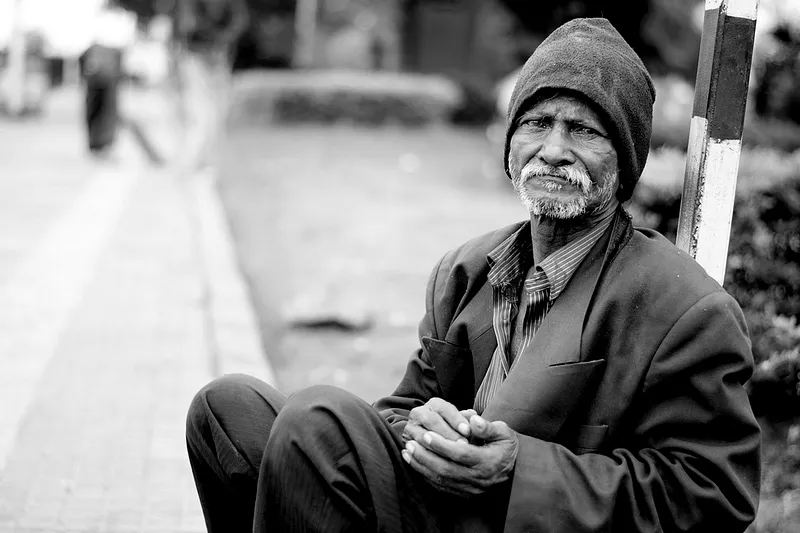Srinagar: First ever Multidimensional Poor Index (MPI) report of India has revealed that 12.58 percent population in Jammu and Kashmir is poor.
As per the report prepared by government of India’s think-tank body – NITI Aayog, 12.58 percent population in erstwhile state of J&K which included newly created UT of Ladakh is poor.
The multidimensional poor index has taken into consideration various factors which include the percentage of population deprived of nutrition, maternal health and school education.
The report states that 25.9 percent of the population is deprived of nutritional food, 12.7 percent of maternal health, and proper sanitation 47.02 percent.
The highest number of multidimensional poor has been reported in Ramban district, 35.26 percent among all districts of J&K. Doda has 28.9 percent multidimensional poor, Rajouri 27.5 percent, Udhampur 26.83 percent, Kishtwar 24.29 percent, Poonch 24.27 percent, Reasi 21.9 percent, Kupwara 16.08 percent, Kathua 13.08 percent, Bandipora 11.07 percent, Samba 9.67 percent, Anantnag 8.36 percent, Ganderbal 7.82 percent, Kulgam 7.42 percent, Baramulla 7.06 percent, Jammu 6.97 percent, Budgam 6.84 percent, Shopian 6.51 percent, Pulwama 3.79 percent, Srinagar 1.51 percent. poor population.
According to NITI Aayog’s Multidimensional Poverty Index (MPI) Bihar leads the chart having highest number of poor population at 51.91 percent.
While Jharkhand (42.16 percent) is placed second in the index, Uttar Pradesh (36.65 percent) is at the third spot. Kerala has emerged as the best state with only 0.71 percent poor people.
In early 2020, the Cabinet Secretariat, Government of India, identified 29 global indices to monitor, analyse and evaluate with the aim of improving India’s position in global rankings. Under this mandate, also known as the Global Indices for Reforms and Growth (GIRG) mandate, NITI Aayog was identified as the nodal agency for the Multidimensional Poverty Index (MPI).
India’s national MPI measure uses the globally accepted and robust methodology developed by the Oxford Poverty and Human Development Initiative (OPHI) and the United Nations Development Programme (UNDP), who have been key partners in ensuring the public policy utility and technical rigor of the Index. Importantly, as a measure of multidimensional poverty, it captures multiple and simultaneous deprivation faced by households.
This report presents an in-depth analysis of the headcount ratio and intensity of multidimensional poverty at the national, State/UT, and district levels. I am certain that the results and findings of this baseline edition of the index will be of great relevance and interest to policy makers and administrators in States and districts, researchers and scholars, and the wider public.
“This baseline report of India’s first ever national MPI measure is based on the reference period of 2015-16 of the National Family Health Survey (NFHS). The national MPI measure has been constructed by utilizing twelve key components which cover areas such as health and nutrition, education and standard of living,” vice chairman NITI Aayog, Dr Rajiv Kumar has said in a message.







